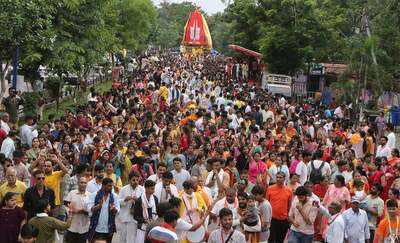
 Introduction to the Shaktipeeth Expressway
Introduction to the Shaktipeeth Expressway
India boasts one of the most extensive and robust road networks globally. Over the past decade, significant advancements have been made in road infrastructure, with modern highways and expressways transforming the transportation landscape and drastically cutting travel times between cities. A new initiative in this direction is the Shaktipeeth Expressway.
The Maharashtra government has recently given the green light for this ambitious project, which will connect Pavnar in the Wardha district to Patradevi at the Maharashtra-Goa border in Sindhudurg district. This expressway is set to become one of the longest in India.
Project Details and Economic Impact
Spanning 802 kilometers, the expressway will feature six lanes and is projected to cost approximately ₹86,300 crore. The state government has allocated ₹20,000 crore for the design and land acquisition phases of the project.
Once completed, the expressway will significantly reduce travel time between Pavnar and Patradevi from 18-20 hours to just 8-10 hours.
Cultural and Economic Significance
The route will pass by three prominent Shaktipeeths: Mahalaxmi in Kolhapur, Tulja Bhavani in Dharashiv, and Patradevi in Goa, as well as two Jyotirlingas, Aundha Nagnath in Hingoli and Parli Vaijnath in Beed. Additionally, it will connect to Pandharpur, home to the revered Shri Vitthal-Rukmini temple.
Beyond its religious importance, the expressway is expected to stimulate regional development, enhance tourism, and boost economic activities, thereby transforming the social and cultural dynamics of the state.
-
Chelsea agree fifth summer transfer immediately after Jamie Gittens deal

-
Indore: Lord Jagannath's Rath Yatra Held Amid Spiritual Fervour; Foreign Saints And Devotees Mark Grand Procession

-
Air India flight investigated over 'persistent warm temperature' in cabin

-
Indore: DGP Launches System To Improve Police Functioning; QR Code System For People's Feedback On Police

-
The UK city with the highest falling birth rate as locals blame 2 things
